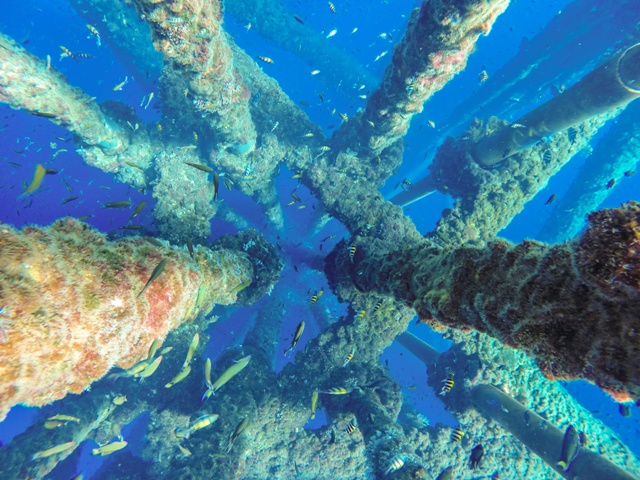
North Sea structures and their impact on the environment: SIME 2022
The impact of the presence or removal of structures in the marine environment will be discussed at the latest SIME (Structures in the Marine Environment) conference in Edinburgh on Tuesday 7 June 2022.
Heading the agenda will be consideration of the INSITE funded research into the impact of structures on biological marine ecosystems and how existing or new structures should be managed. The conference will be opened by new programme director, Prof Dickon Howell and the plenary session will be delivered by respected marine ecologist, Lea-Anne Henry, Chancellors Fellow at the University of Edinburgh.
The conference, taking place in person, offers a forum for academics, stakeholders, industry and government to come together to learn about this vital topic and how recent research can inform policy decisions.
Man-made structures (MMS) have been built into our coastal and marine environments in society’s drive for energy supply. Structures range from oil and gas installations, associated pipelines and seabed infrastructure, and increasingly, offshore wind farms which are seen as the replacement for fossil fuels.
Over the years, these structures have also become habitats and shelters for marine species and the interplay of built and natural environments is an area of growing research.
INSITE programme director, Dickon Howell comments: “Science has an important role to play in decisions around both development and decommissioning. Our role is to fund and encourage the creation of robust evidence to ensure informed decisions are made, with environmental impacts as the first consideration.
”This conference will bring together those working in the sector and will offer insights into the research that is ongoing, sharing best practice and evidence.”
SIME 2022 will present details of the seven funded research programmes currently underway which have been funded by INSITE Phase 2, together with other submitted talks on MMS. It also offers networking, posters and discussion opportunities.
The conference is run by INSITE; a joint industry initiative which encourages, through funding and facilitation, scientific research to better understand the effect of man-made structures on the North Sea and MASTS
Registration is now open and details can be found
ENERGY | ELECTRIC POWER | NATURAL GAS | AUTOMOTIVE | CLIMATE | RENEWABLE | WIND | TRANSITION | LPG | OIL & GAS | SOLAR | ELECTRIC VEHICLES| BIOMASS | SUSTAINABILITY | OIL PRICE |
Submitted by: Angela Casey, Pagoda PR, angela.casey@pagodapr.com


